Stepping outside the familiar comfort of American soil into the vast, diverse landscapes of foreign countries offers an unparalleled adventure that broadens perspectives and creates lasting memories. International trekking presents unique challenges and cultural nuances that many Americans might not anticipate. Whether you’re planning a rugged hike through the Himalayas, a scenic walk along the Camino de Santiago, or an expedition through South American rainforests, proper preparation extends far beyond packing the right gear. This guide will walk you through essential considerations that can transform your international trekking experience from potentially problematic to profoundly rewarding.
Understanding Different Trekking Infrastructure
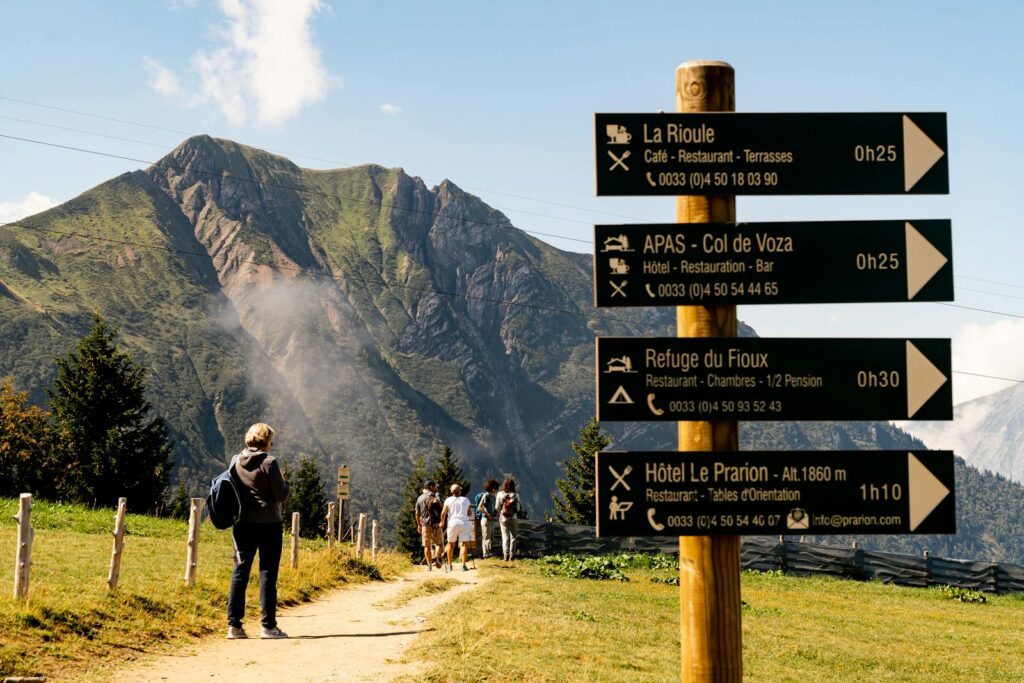
Unlike the well-maintained trails and clear signage of many American national parks, international trekking routes vary dramatically in their infrastructure and maintenance. In Nepal, you might find yourself on ancient stone paths connecting remote villages, while European treks often feature well-marked routes with regular rest stops. South American trails could wind through dense jungle with minimal markings, requiring more navigation skills. Research your specific destination thoroughly, as trail difficulty ratings aren’t standardized internationally—what’s considered “moderate” in the rugged terrain of Patagonia might feel considerably more challenging than a “difficult” trail in the Appalachian Mountains. Understanding these differences allows you to prepare appropriately and avoid unpleasant surprises when you’re already deep into your trek.
Health Insurance and Medical Evacuation Coverage

Your domestic health insurance likely provides little to no coverage once you step outside US borders, creating a potentially catastrophic financial risk should you require medical attention abroad. Before departing, invest in comprehensive travel health insurance that explicitly covers trekking activities, especially if venturing into remote areas. Pay particular attention to whether your policy includes medical evacuation, which can cost tens of thousands of dollars if you need emergency transportation from a remote mountain location to adequate medical facilities. Some destinations, particularly those at high altitudes or in very remote regions, may require specialized coverage beyond standard travel insurance. Remember that in many countries, medical facilities may request upfront payment before providing treatment, making insurance with direct billing capabilities particularly valuable.
Visa Requirements and Entry Regulations
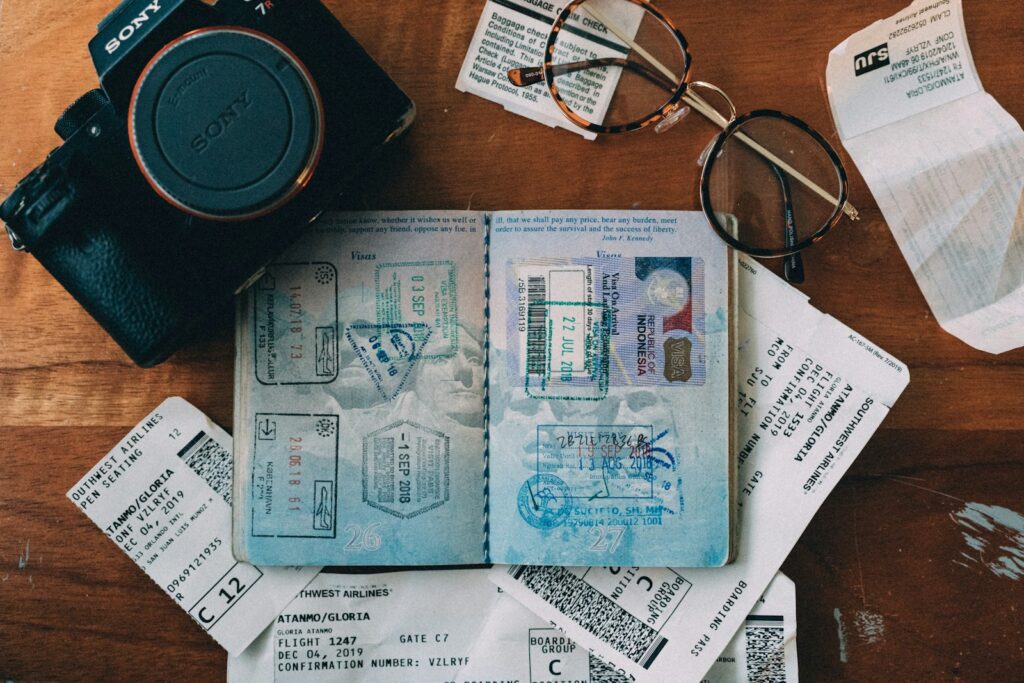
The convenience of visa-free travel that Americans enjoy in many countries can create a false sense of security about international entry requirements. Always research visa necessities well in advance, as some countries require applications weeks or even months before arrival. Be aware that trekking permits are often separate from standard tourist visas, particularly in protected natural areas or regions with controlled access. In countries like Bhutan or Tibet, organized trekking requires special permissions that must be arranged through authorized tour operators. Even when electronic visas are available, technical issues can arise, so carry printed copies of all documentation. Immigration officials may also require proof of onward travel, sufficient funds for your stay, and in some cases, evidence of required vaccinations.
Cultural Sensitivity and Local Customs
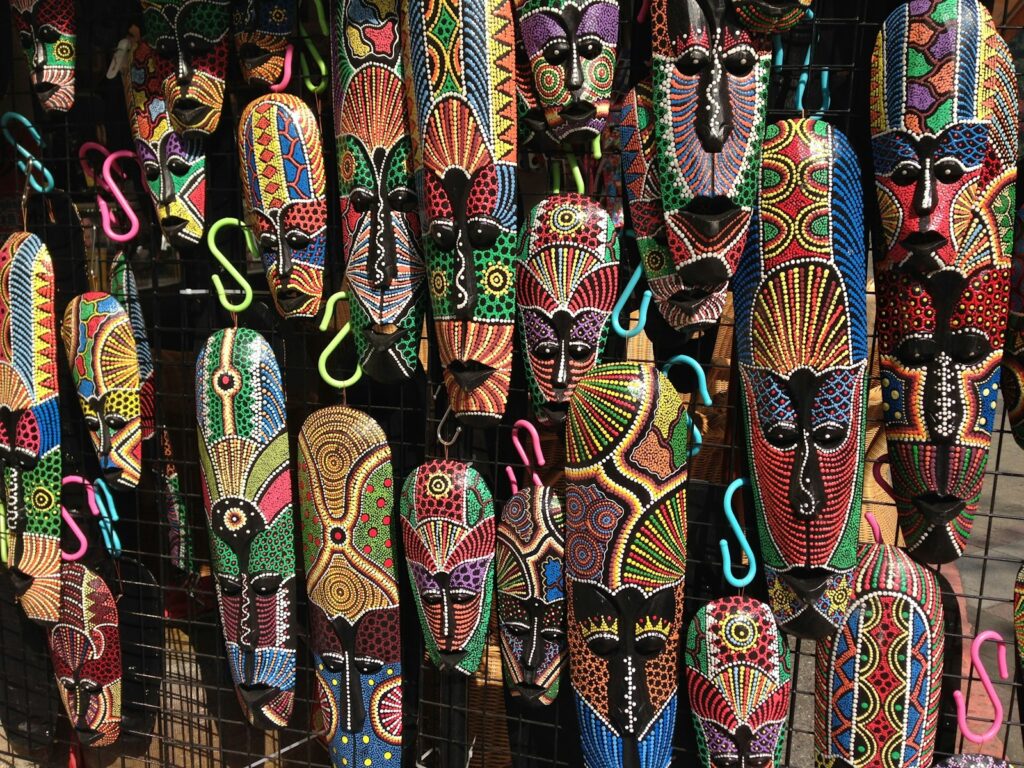
American directness and casual demeanor can sometimes clash with local customs in trekking destinations, potentially creating uncomfortable situations or even offense. In many Asian countries, removing shoes before entering homes or certain buildings is non-negotiable, while in parts of the Middle East and South Asia, modest dress is expected even when engaging in physical activities. Learn basic greetings in the local language and understand appropriate gestures—for instance, in Nepal, a slight bow with hands pressed together shows respect. When passing through remote villages, always ask permission before photographing people, religious sites, or ceremonies. Familiarize yourself with dining etiquette as well, since sharing meals with locals can be an integral part of the trekking experience in many regions, and customs around food often carry significant cultural importance.
Currency and Payment Realities

The ubiquity of credit card acceptance in the US creates a false expectation that electronic payments will be available everywhere abroad. In reality, many trekking regions operate primarily on cash economies, with ATMs becoming increasingly scarce as you venture into remote areas. Before departure, notify your bank and credit card companies of your travel plans to prevent security freezes on your accounts when unusual international charges appear. Carry emergency cash in US dollars, which is widely accepted in many countries, but also exchange some money into local currency before heading to remote areas. In certain trekking regions, particularly in the Himalayas or Andes, prices increase with altitude as supply costs rise, so budget accordingly for on-trail expenses like food, accommodation, and unforeseen needs.
Altitude Considerations and Acclimatization
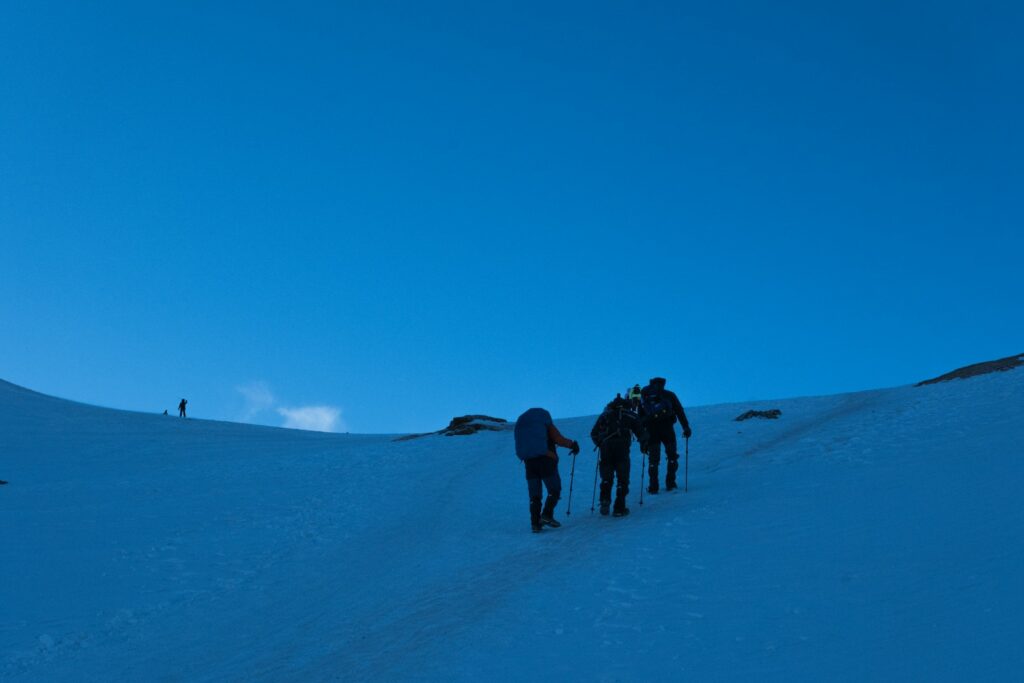
Americans from low-elevation states often underestimate the serious impact of altitude on trekking performance and overall health. Popular treks in Peru, Nepal, and Tanzania routinely exceed 12,000 feet, where oxygen levels drop significantly and altitude sickness becomes a real concern regardless of your fitness level. Proper acclimatization requires patience—plan extra days in your itinerary specifically for adjusting to higher elevations gradually, typically ascending no more than 1,000 feet per day once above 8,000 feet. Learn to recognize symptoms of altitude sickness, including headache, nausea, and shortness of breath, and understand that continuing to ascend with these symptoms can lead to dangerous conditions like pulmonary or cerebral edema. Consider discussing altitude medications like Diamox with your doctor before departure, but remember that medication is no substitute for proper acclimatization.
Food and Water Safety Practices

Gastrointestinal illness can quickly derail even the most meticulously planned trek, making food and water safety paramount when traveling internationally. While the “boil it, cook it, peel it, or forget it” adage provides a good starting point, understand that standards of food handling and preparation vary dramatically across countries. Carry water purification methods like tablets, filters, or UV sterilization devices, as bottled water isn’t always available or environmentally responsible on remote trails. In teahouses and mountain lodges, hot foods are generally safer options, while cold salads or uncooked vegetables present higher risk in regions with questionable water quality. Pack anti-diarrheal medication and oral rehydration salts as precautionary measures, as treating dehydration quickly becomes critical when engaging in strenuous physical activity at altitude.
Climate Variations and Weather Preparedness
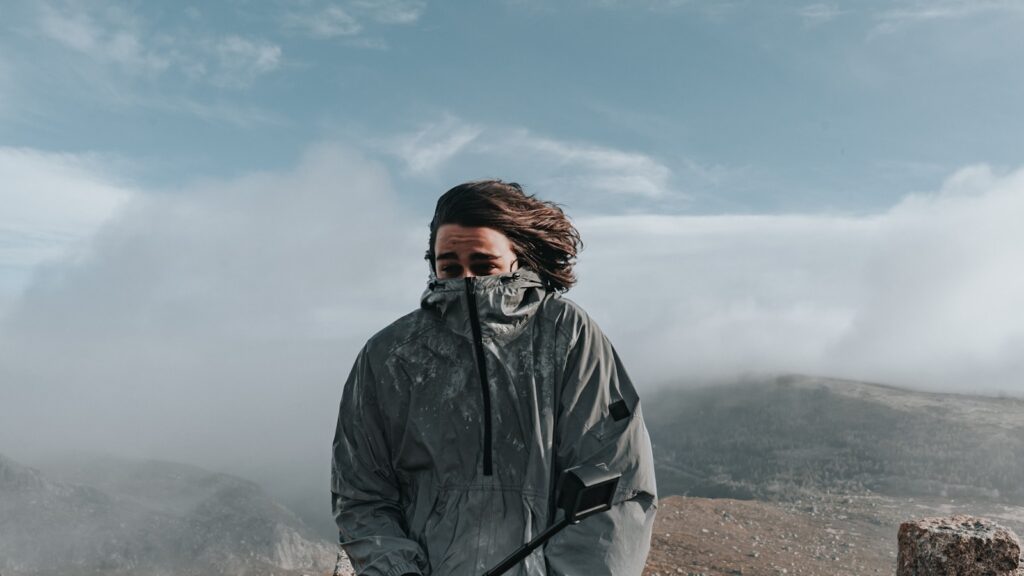
International trekking often exposes travelers to weather patterns and seasonal variations significantly different from American climate expectations. The same month that brings mild temperatures to Colorado might coincide with monsoon season in Nepal or scorching heat in Morocco’s Atlas Mountains. Research not just average temperatures but also precipitation patterns, seasonal weather events like monsoons or cyclones, and temperature fluctuations between day and night. Many mountain environments experience dramatic temperature drops after sunset, requiring layering strategies even when daytime temperatures seem comfortable. Beyond comfort considerations, weather awareness is a safety issue—flash floods, avalanches, and landslides often correlate with specific weather conditions in various trekking regions. Always build weather contingency days into your itinerary, particularly during shoulder seasons when conditions can be less predictable.
Communications Limitations and Technology
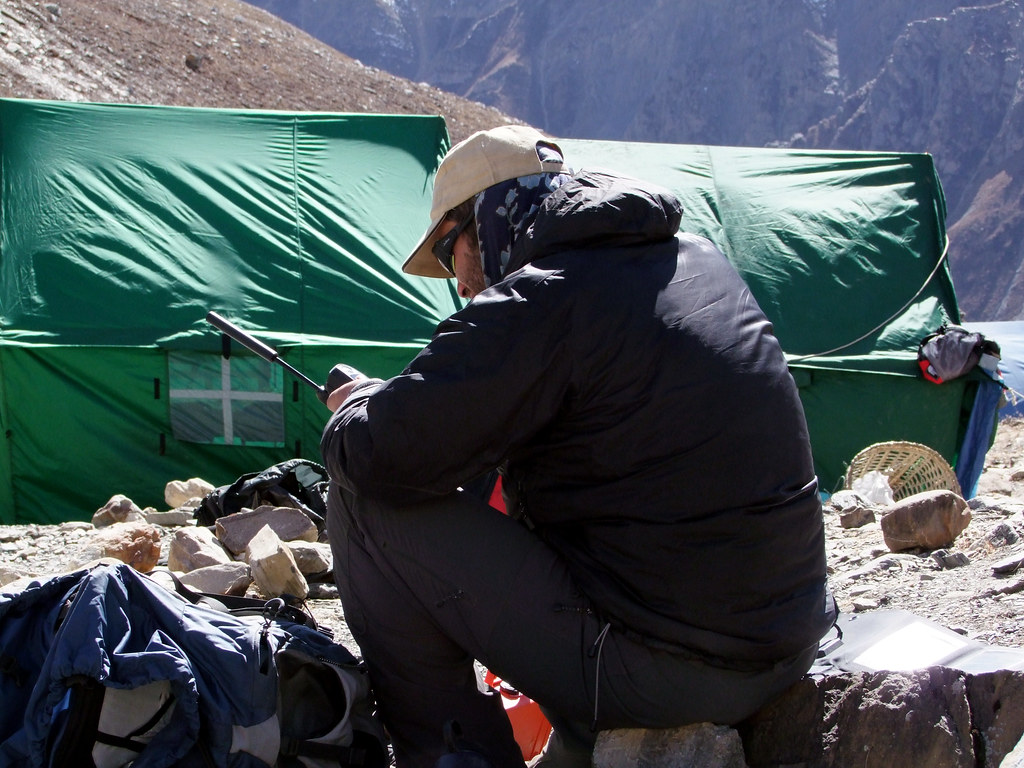
The connectivity Americans take for granted disappears quickly in many international trekking locations, creating both practical challenges and unexpected opportunities for disconnection. Research cell coverage maps for your destination, but prepare for extended periods without service, particularly in mountainous or remote regions. Consider renting a satellite communication device for emergency situations if your trek takes you far from populated areas. Different countries utilize different cellular frequencies, so ensure your phone is unlocked and compatible with local networks if connectivity is important. When service is available, data roaming charges can accumulate rapidly, making local SIM cards a cost-effective alternative if your phone is compatible. Remember that power sources for recharging devices may be limited or expensive in remote areas, so bring portable power banks and adopt battery conservation habits.
Appropriate Tipping and Economic Expectations

American tipping culture differs substantially from practices abroad, creating potential awkwardness or budget surprises for international trekkers. In many trekking destinations, particularly those with guide and porter services, tipping constitutes a significant portion of workers’ income, but amounts and expectations vary widely by region. Research customary tipping guidelines for your specific destination—for instance, Kilimanjaro treks typically involve a formal tipping ceremony with recommended amounts based on days trekked and services provided. Beyond tipping, understand the broader economic context of your destination, as prices that seem inexpensive by American standards may represent significant sums locally. Avoid aggressive bargaining over small amounts that make little difference to your budget but could significantly impact local livelihoods. Simultaneously, be aware that in some regions, foreigners face inflated “tourist prices,” and learning some respectful negotiation phrases in the local language can help navigate these situations.
Environmental Responsibility and Conservation
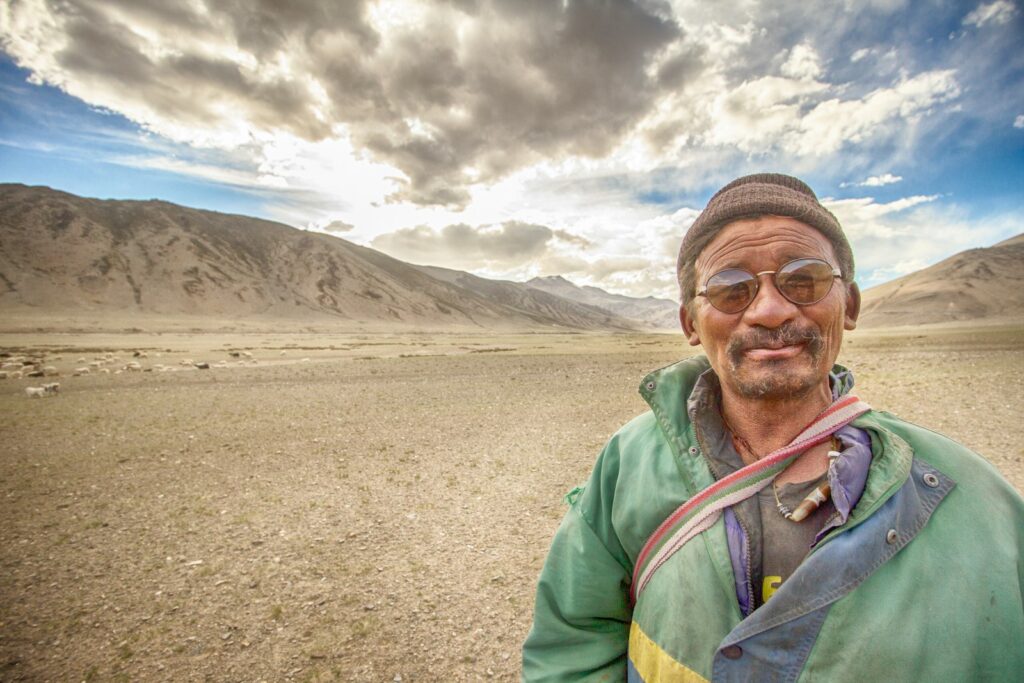
Trekking internationally comes with environmental responsibilities that extend beyond familiar Leave No Trace principles. Different ecosystems have varying sensitivities and specific conservation challenges that might not be immediately obvious to foreign visitors. Research whether your chosen trail faces particular environmental pressures, such as deforestation, waste management issues, or wildlife threats, and understand how your presence might contribute to or help mitigate these concerns. In many developing countries, waste disposal infrastructure remains limited, requiring trekkers to pack out all non-biodegradable items. Water conservation takes on additional importance in regions where local communities already face scarcity issues. Choose tour operators with demonstrated environmental commitments, including proper waste management, sustainable camping practices, and fair treatment of staff—even if these options cost more, they help preserve these magnificent landscapes for future generations.
Group Dynamics and Guide Relationships

Many international treks involve joining guided groups or hiring local guides, creating interpersonal dynamics quite different from independent hiking in the US. When joining organized groups, you’ll potentially trek alongside people from various countries with different expectations, fitness levels, and trekking philosophies. Patience and flexibility become essential skills, as group pace typically accommodates the slowest members. With guides and porters, understanding the cultural context of your relationship helps avoid misunderstandings—in some cultures, guides may be reluctant to contradict clients directly even when safety concerns arise. Respect for local expertise is paramount; experienced guides often possess generations of knowledge about terrain, weather patterns, and trail conditions that far exceeds information available in guidebooks or online. Clear communication about expectations, particularly regarding pace, rest stops, and special needs, helps establish positive working relationships from the beginning.
Emergency Protocols and Rescue Realities
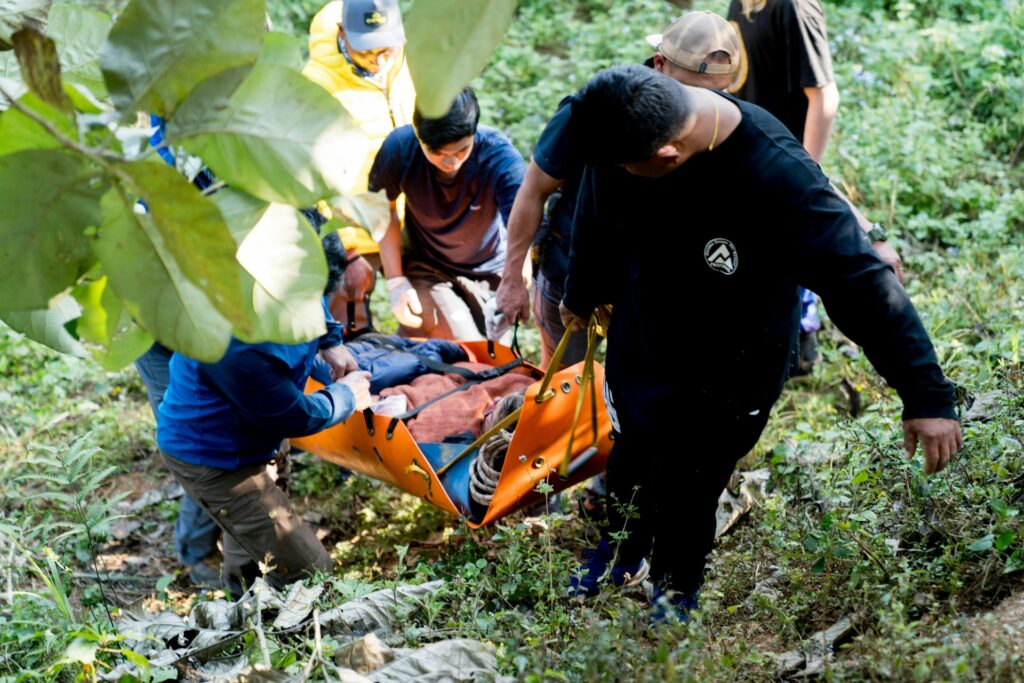
The emergency response infrastructure Americans often take for granted—from 911 service to rapid helicopter evacuation—functions very differently or may be entirely absent in international trekking locations. Before departure, research emergency procedures specific to your destination, including local emergency numbers and the nearest medical facilities equipped to handle serious conditions. In remote areas, evacuation might involve improvised stretchers carried by porters for many hours or days before reaching vehicle access, making prevention and early intervention for medical issues critically important. Register with the US State Department’s Smart Traveler Enrollment Program (STEP) to receive safety alerts and make it easier for embassy officials to locate you in emergencies. Carry a printed document with your emergency contacts, insurance information, blood type, and any medical conditions or allergies, ideally translated into the local language.
Pack Strategically for International Logistics

International trekking requires rethinking standard American packing approaches to accommodate both different environmental conditions and practical travel logistics. Unlike domestic trips where specific gear can be easily replaced if forgotten, specialty trekking equipment may be unavailable or prohibitively expensive in your destination country. Research local availability and quality of trekking supplies before deciding what to bring versus what to purchase locally. Consider baggage weight limits on international and regional flights, particularly on smaller aircraft serving remote trekking destinations, where limits may be strictly enforced. Pack essential medications in original containers in your carry-on luggage, along with a doctor’s letter explaining their necessity. Distribute important items across different bags as insurance against lost luggage, and always carry copies of important documents separate from the originals.
Manage Expectations About Comfort and Amenities

Americans accustomed to well-developed trail infrastructure and campground amenities often face adjustment challenges when confronting the realities of international trekking facilities. In many popular trekking regions, accommodation ranges from basic teahouses with thin mattresses and communal toilets to simple camping with minimal facilities. Shower availability becomes unpredictable, with hot water often available only at additional cost if at all. Toilet facilities in particular require mental preparation, as many international trekking routes feature basic outhouses, squat toilets, or designated outdoor areas rather than familiar Western facilities. Electricity for charging devices may be limited to certain hours or available only in common areas at additional cost. Approaching these differences with flexibility rather than frustration transforms potential discomforts into part of the authentic experience, offering glimpses into daily realities for local populations and deeper appreciation for comforts typically taken for granted.
Post-Trek Recovery and Re-Entry Planning

The intensity of international trekking experiences, both physically and emotionally, makes thoughtful re-entry planning an often overlooked but essential component of successful trips. Schedule at least one buffer day between the end of your trek and international departure to accommodate unexpected delays, allow physical recovery, and process the experience before beginning long-haul travel. Consider spending this time in comfortable accommodations where you can properly clean gear, enjoy a thorough shower, and rest adequately before flights. Mentally prepare for the cultural adjustment of returning home, as the contrast between remote trekking experiences and American convenience can create surprising reverse culture shock. The physical intensity of multi-day treks often necessitates recovery time after returning home as well, making it advisable to avoid scheduling demanding work commitments immediately upon return. Building these considerations into your planning helps integrate your transformative trekking experiences into your regular life rather than creating a jarring transition.
International trekking offers Americans extraordinary opportunities to experience landscapes and cultures vastly different from home, creating memories and perspectives that last a lifetime. While the challenges may seem daunting when presented as a comprehensive list, proper preparation transforms these potential obstacles into manageable considerations that enhance rather than detract from your adventure. By approaching international treks with cultural humility, environmental responsibility, and thorough planning, you position yourself to fully embrace the transformative power of these journeys. The trails await—prepare well, trek respectfully, and allow yourself to be changed by the magnificent diversity our world has to offer.

